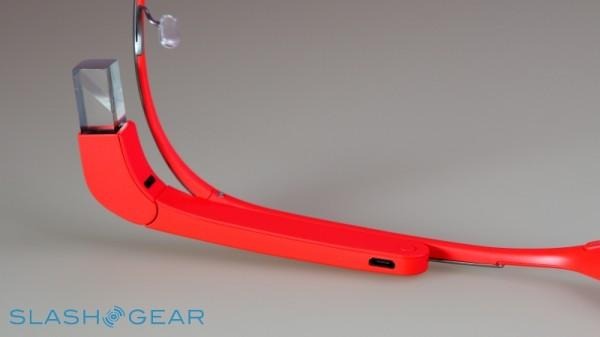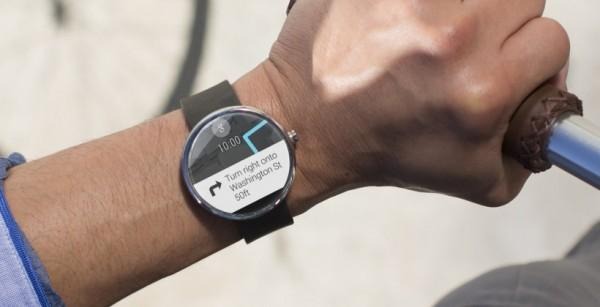Countdown To Glass (But Beware The Attention)
This Tuesday, Google will throw open the order books for Glass and start its first round of invitation-free sales. To many it's a hard sell – $1,500 worth of conspicuous face-jewelry without a clear use-case – whereas to others its the gateway to the new generation of wearables. Either way, those who flex their credit cards and join the Explorer program may have to face a growing push-back against technology.
Glass has always been divisive. On the one hand, there are the enthusiasts – usually vocal – who see the wearable computer as the opening gambit in a new age of wearable technology. Early-adopters (not to mention willing and able to either spend several smartphones-worth of their own money, or persuade their business to do the same, on that habit), they can generally see beyond the gawky early hardware at Glass' long-term potential.
On the flip side are the Glass critics, whose attitudes to Google's tech fall along a varied scale of derision. Some share the (frankly legitimate) curiosity of the NHTSA about whether Glass and other such wearables are safe for drivers to use while behind the wheel. Others are unconvinced that the flexibility of hands-free search and eye-line notifications offset the potential for privacy intrusion a head-mounted camera presents.

Beyond that legitimate debate, however, has followed sporadic violence and aggression. Google has its own idea of Glass etiquette, but some Explorers have opted for a more challenging stance, vocally defending their use of the headset while in bars and restaurants.
The tension – and the perception of Glass as a rich toy emblematic of a growing divide between haves and have-nots – has claimed hardware, too, as Business Insider's Kyle Russell found to his cost over the weekend. His Glass was yanked from his face and dashed to the ground in San Francisco, in what's being billed by many as the latest expression of anti-gentrification protest.
Most Glass users go about their days without facing violence. Many have been challenged about their use of the wearable; some of those challenges end up tempered after a demonstration and an explanation of just what Glass does and doesn't do ("no, it's not recording 24/7"), while others are harder to placate.

Either way, you could be forgiven for wondering where Google itself is in all of this. The company has seemed content to leave Explorers as not only brand ambassadors but Glass defenders; there's been no high-profile media tour by Sergey Brin explaining the merits of wearables, only the sudden shift of attention to Android Wear and an altogether more discrete type of body-worn technology.
Some Explorers are beginning to question whether Google's heart is still in Glass, or if the headset is turning out to be the Google Wave of wearables. With Google I/O 2014 approaching in a few months time, it's an opportunity for the search firm to revitalize enthusiasm; after the skydiving stunt in 2012, it's unsurprising that the tone taken at this year's developer even will be seen as a barometer to internal confidence in Glass' longevity.
If you can afford Glass, can justify the outlay, and look beyond the headset's shortcomings, you'll have the chance to do so tomorrow morning. Don't, however, expect everyone else to share the same enthusiasm for wearables.
